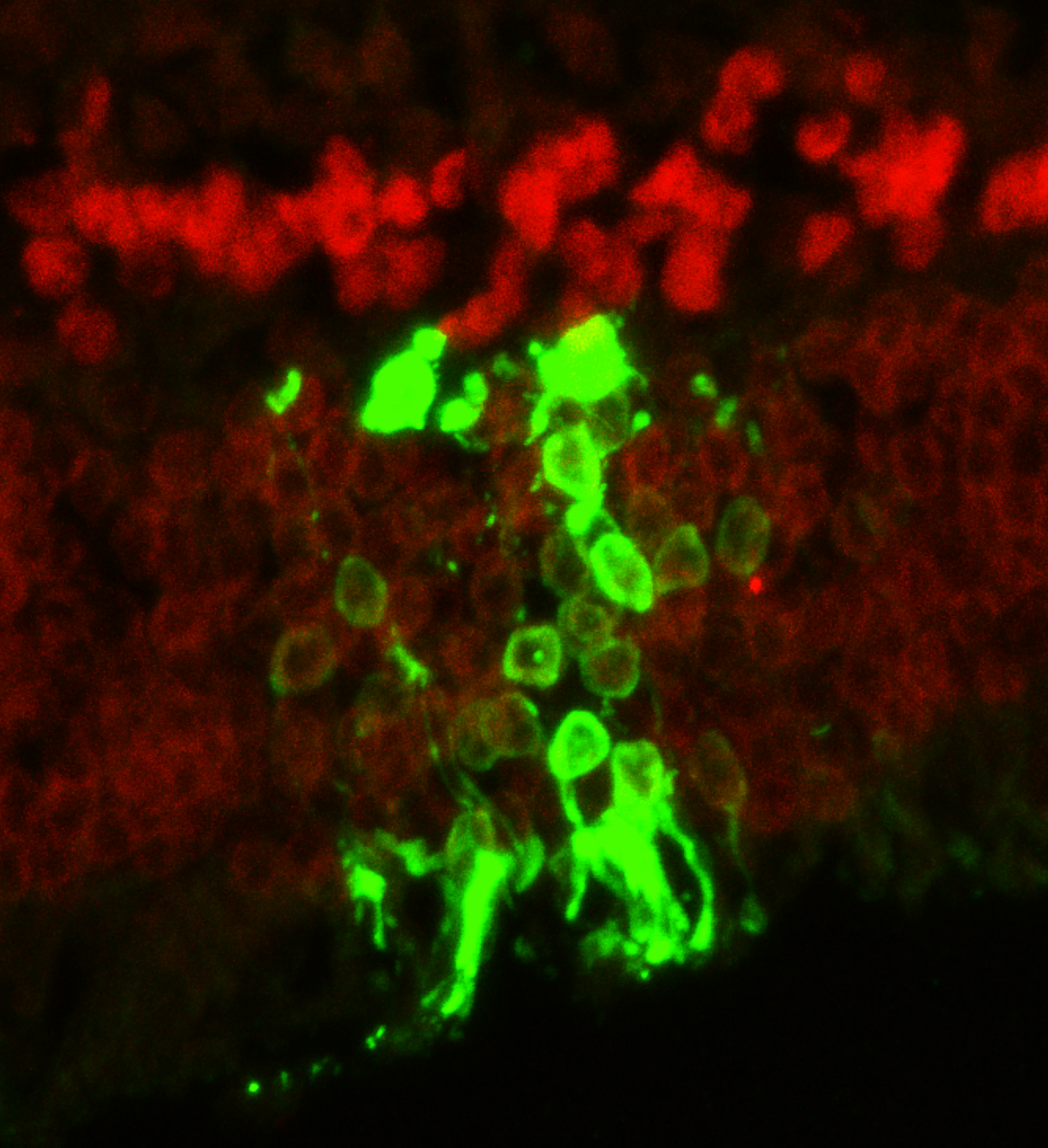 One of the major obstacles in stem cell transplantation is preventing immune rejection that would recognize transplanted cells as foreign and attack them leading to disappointing long-term outcomes. Although the eye and the brain have been considered as exceptions from immune surveillance, Zhu et al. showed that immune rejection was one of the major contributors to degenerated transplanted photoreceptors in blind mice after temporarily restoring sights. Transplantation of photoreceptors derived from stem cells into a strain of immunodeficient IL2 receptor gamma null mice was found to have a 10-fold increase in living transplanted cells that differentiated into mature photoreceptors expressing opsins. Even after nine months to one year after transplantation, the eyes of the mice were shown to be functional and transmitting signals to the brain. Their results showed that to improve longevity of transplanted retinal cells in restoring eye sight, immunosuppression is crucial and specific inhibitors against the IL2 gamma receptor could be developed to selectively suppress immune rejection to retinal cells instead of systemic immunosuppression.
One of the major obstacles in stem cell transplantation is preventing immune rejection that would recognize transplanted cells as foreign and attack them leading to disappointing long-term outcomes. Although the eye and the brain have been considered as exceptions from immune surveillance, Zhu et al. showed that immune rejection was one of the major contributors to degenerated transplanted photoreceptors in blind mice after temporarily restoring sights. Transplantation of photoreceptors derived from stem cells into a strain of immunodeficient IL2 receptor gamma null mice was found to have a 10-fold increase in living transplanted cells that differentiated into mature photoreceptors expressing opsins. Even after nine months to one year after transplantation, the eyes of the mice were shown to be functional and transmitting signals to the brain. Their results showed that to improve longevity of transplanted retinal cells in restoring eye sight, immunosuppression is crucial and specific inhibitors against the IL2 gamma receptor could be developed to selectively suppress immune rejection to retinal cells instead of systemic immunosuppression.
References:
1.https://www.sciencedaily.com/releases/2017/01/170112141243.htm
2.Jie Zhu et al. Immunosuppression via loss of IL2rγ enhances long-term functional integration of hESC-derived photoreceptors in the mouse retina. Cell Stem Cell, 2017 DOI: 10.1016/j.stem.2016.11.0193
Article Summary Courtesy: Jennifer Lu and Waleed Khan
